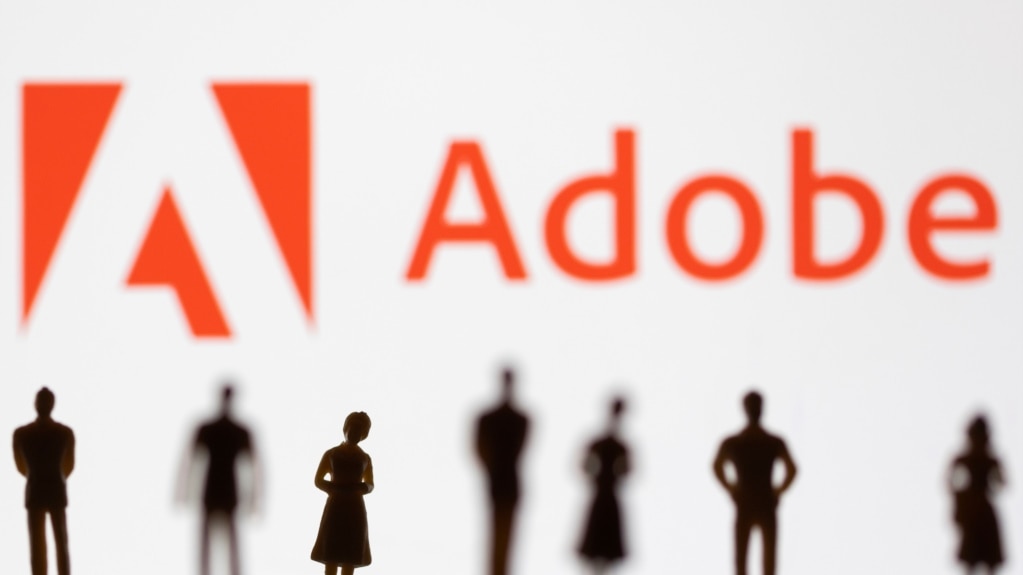Adobe has become the latest technology company to offer artificial intelligence (AI) tools among its products.
The tools belong to a group of systems known as “generative AI.” Such tools use algorithms to train AI systems on huge amounts of data to produce human-quality results.
One of the most highly publicized generative AI tools is called ChatGPT. The system received wide media attention last year after being launched by the company OpenAI. When launched, ChatGPT demonstrated the ability to quickly produce human-quality written documents.
In recent weeks, several major American technology companies – including Google and Microsoft – announced plans to add ChatGPT-like systems to their products.
Experts say such tools are expected in the future to bring major changes to many different industries and professions.
Adobe is a software company that creates products used for creating and publishing digital documents and internet content. Professional photographers and digital content producers have long used Adobe products – such as Photoshop, Illustrator and Premiere Pro – to create high-quality pictures and documents.
Adobe recently announced the launch of its AI offerings, which the company described as a “family of creative generative AI models.” It is calling the new system Firefly.
In announcing the service on its website, Adobe showed the result of an image created by the tool. The company explained that Firefly generated the image after receiving a brief description of text commands. In this case, the system was asked to produce a 3D version “of a paper dragon,” in “studio style photography.”
The colorful image generated by Firefly showed a city with buildings and roads that looked like origami – the Japanese art of folding paper into complex shapes.
Adobe said generative AI “lets people paint with text instead of pixels (or paint).” In business operations, the company says Firefly can help companies connect with users “through auto-generated texts, emails and content.”
In its announcement, Adobe noted the company also recognizes that generative AI is only as good as the data it was trained on. Sometimes such systems can produce results that discriminate against some groups, including underrepresented communities and minorities.
In an attempt to limit such discrimination, or bias, Adobe says its engineering team is continuously working to examine and test Firefly’s algorithms. In addition, the company noted it makes it easy for any user to report system errors or discrimination.
Adobe also brought up the subject of copyrights, a major issue that has faced generative AI systems. Some companies have been criticized for training their algorithms on copyrighted material from the internet. Any materials generated by those algorithms could be violating legal copyright protections.
Adobe says the first version of its Firefly tool was trained only on its own huge image collection, as well as “openly licensed content” and internet content that is no longer copyrighted.
The company says the tool was developed in this way to give users “a competitive edge” when using Firefly to produce ethical materials that are free of copyrights.
In addition, Adobe said it created a system to permit photographers to request that their content not be used to train on its algorithms. Ely Greenfield, Adobe’s chief technology officer, told Reuters news agency the company was “very interested” in making the Firefly tool “creator friendly.”
Another major American technology company, Nvidia, also recently announced its own generative AI service, called Picasso. It is designed to generate images, video and 3D presentations from simple text descriptions. Nvidia makes hardware and software systems related to a series of computing activities.
I’m Bryan Lynn.

